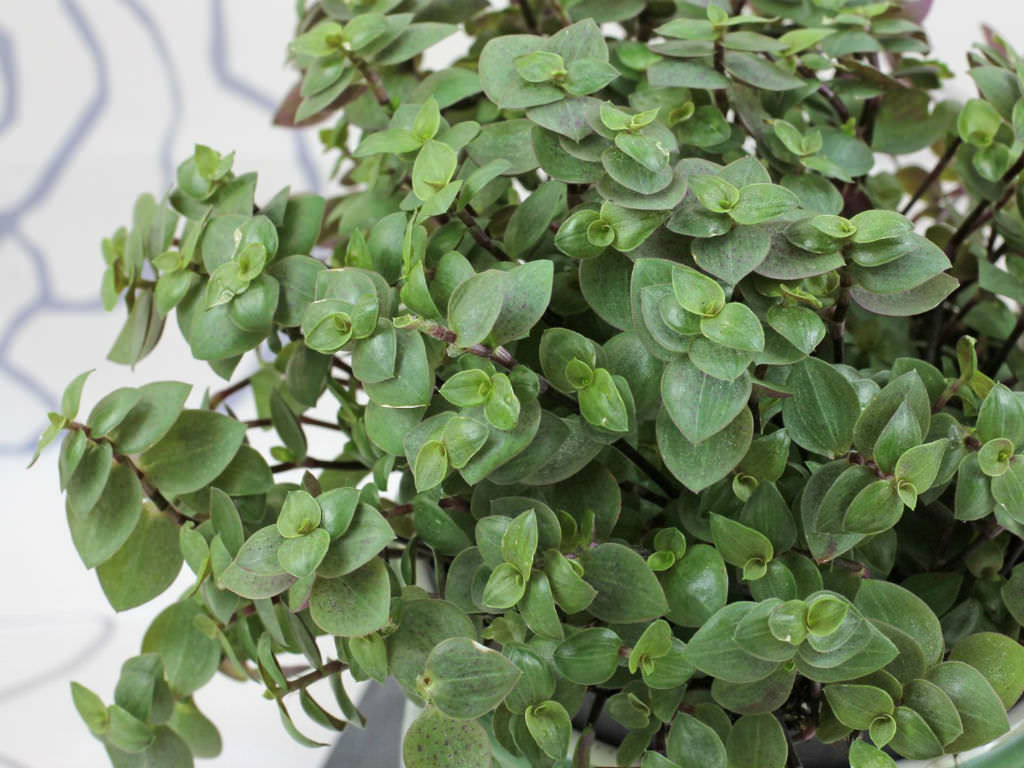
Callisia repens (Turtle Vine) World of Succulents
Trim a stem off of the plant, leaving about 4-5 leaf nodes in place. The root can be grown in water or in a similar growing medium as the mother plant. Care Notes. String of Turtles are a low maintenance plant, but we wanted to add a few special care notes: The leaves on these plants are sensitive and can easily be knocked off the plant.

YO CHO 12pcs/lot Turtle Leaves Plant Artificial Silk Leaf Plants Family
Not only can overwatering lead to root rot, it can damage the plant's thin stems and leaves. Semi-succulent plants store water in their leaves, so between that and the tendency of turtles to fall victim to root rot, overwatering will kill a string of turtles. Before watering your plant, check to make sure the top 2-3 inches of soil are dry.

Free Images tree, nature, leaf, flower, wall, foliage, decoration
As mentioned above, a string of turtles plant that consists of multiple stems (which is pretty much always the case), can be multiplied through the division method.. The flowers (inflorescences) appear on string of turtles plants as long spikes ranging in color from whitish to reddish. Removing them helps direct more energy to the plant so.
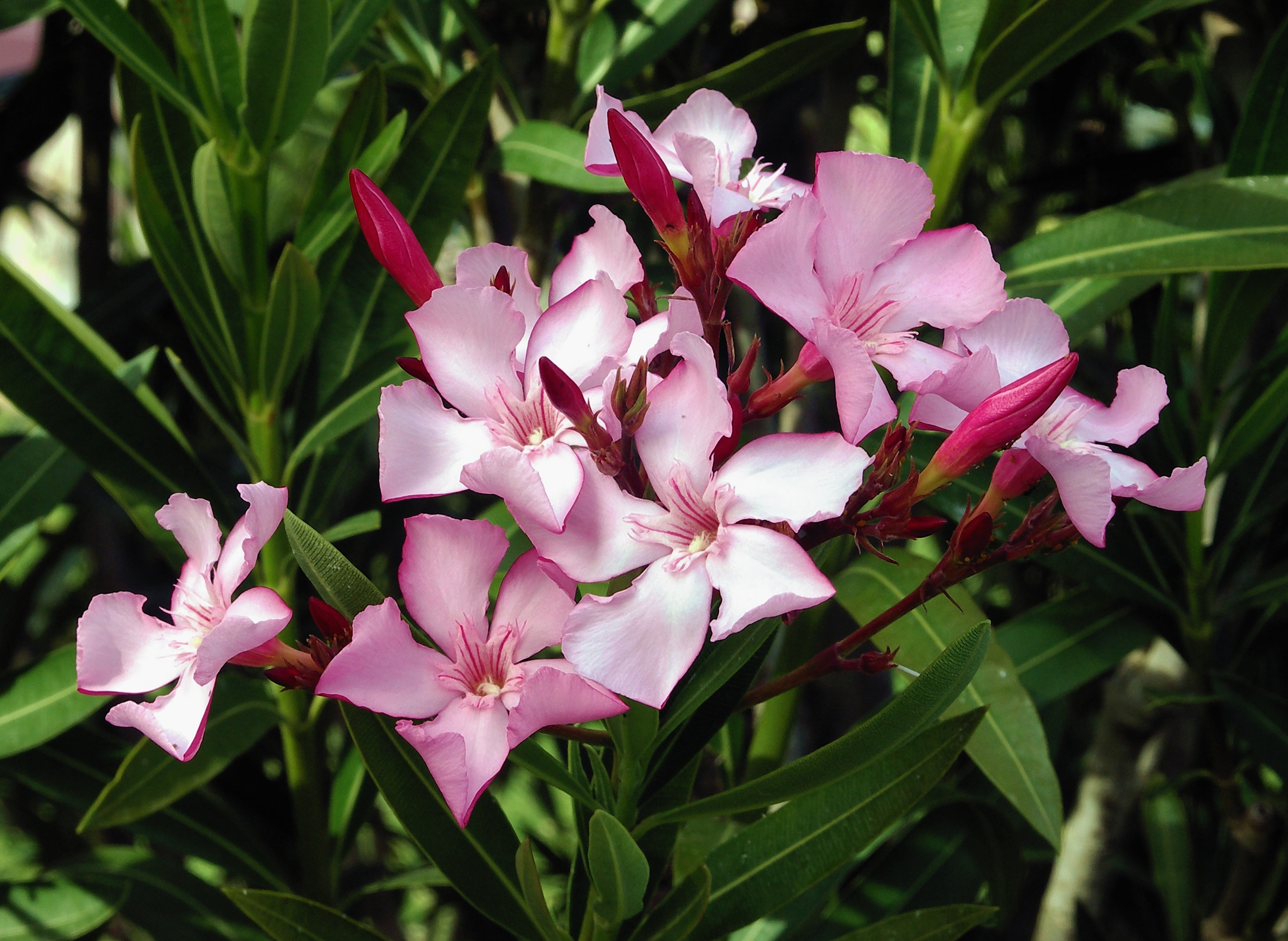
FileNerium oleander flowers leaves.jpg Wikipedia
Propagating String of Turtles plants can be done in water or soil. To propagate Peperomia Prostrata in water: Cut off several healthy strings of turtles. Remove the bottom few leaves (roots will grow from the nodes where each of the leaves was) Place in water. Provide bright light, over 5,000 lux to speed up propagation.

FileKew.gardens.pitcher.plant.heliamphora.arp.jpg
Some other common names include Turtle Vine, Chain of Turtles, and Jade Necklace. This native of Ecuador is a trailing species with small, round and succulent leaves and is a perfect plant for smaller spaces. Like the common name suggests, the leaf pattern of String of Turtles is reminiscent of turtle shells.

12Pcs/pack Artificial Leaves Palm Tree Turtle Leaves Plant DIY Fern
The Spruce / Krystal Slagle. Light . String of turtles plants love bright indirect sunlight and will thrive in these conditions. Keeping these plants in full sun for too long will damage the leaves, but too little light and they will fail to produce new growth. Because of the vining nature of the plant, make sure light reaches the top of the plant so that it continues to produce new growth.
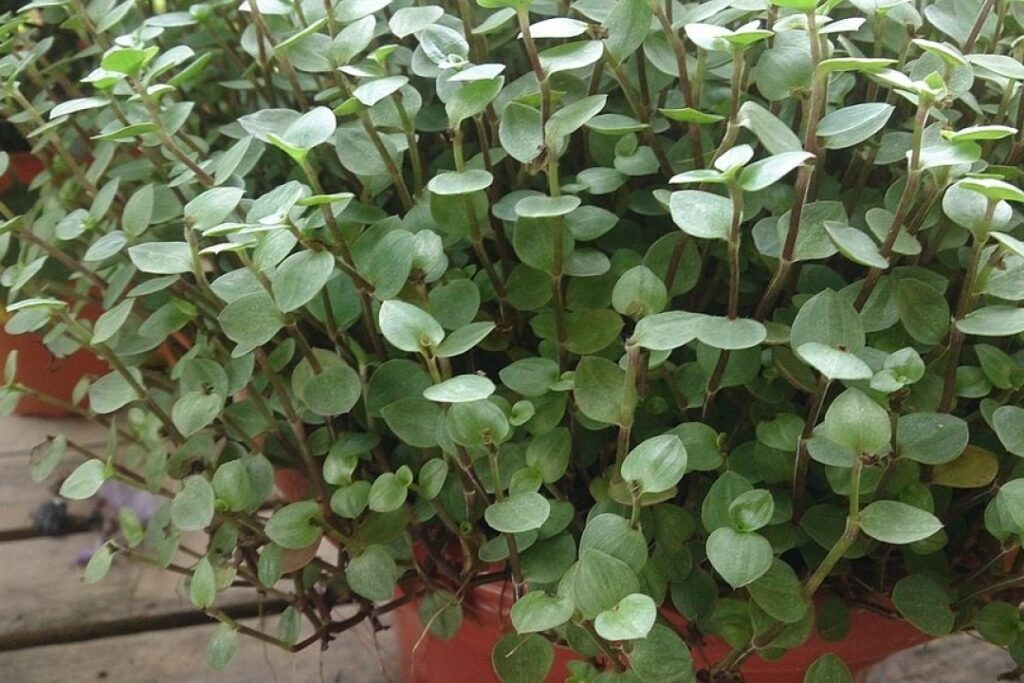
Callisia Repens (Turtle Vine) The Best Way To Grow Your Succulents At
50% humidity is sufficient for the String of Turtles plant. In summer, mist the leaves or place the plant in a gravel tray with water to increase the humidity. But make sure that the leaves do not stay wet for too long. Pruning. The main goal of pruning is to control size and growth. If your vine has grown excessively bushy, prune the top of.
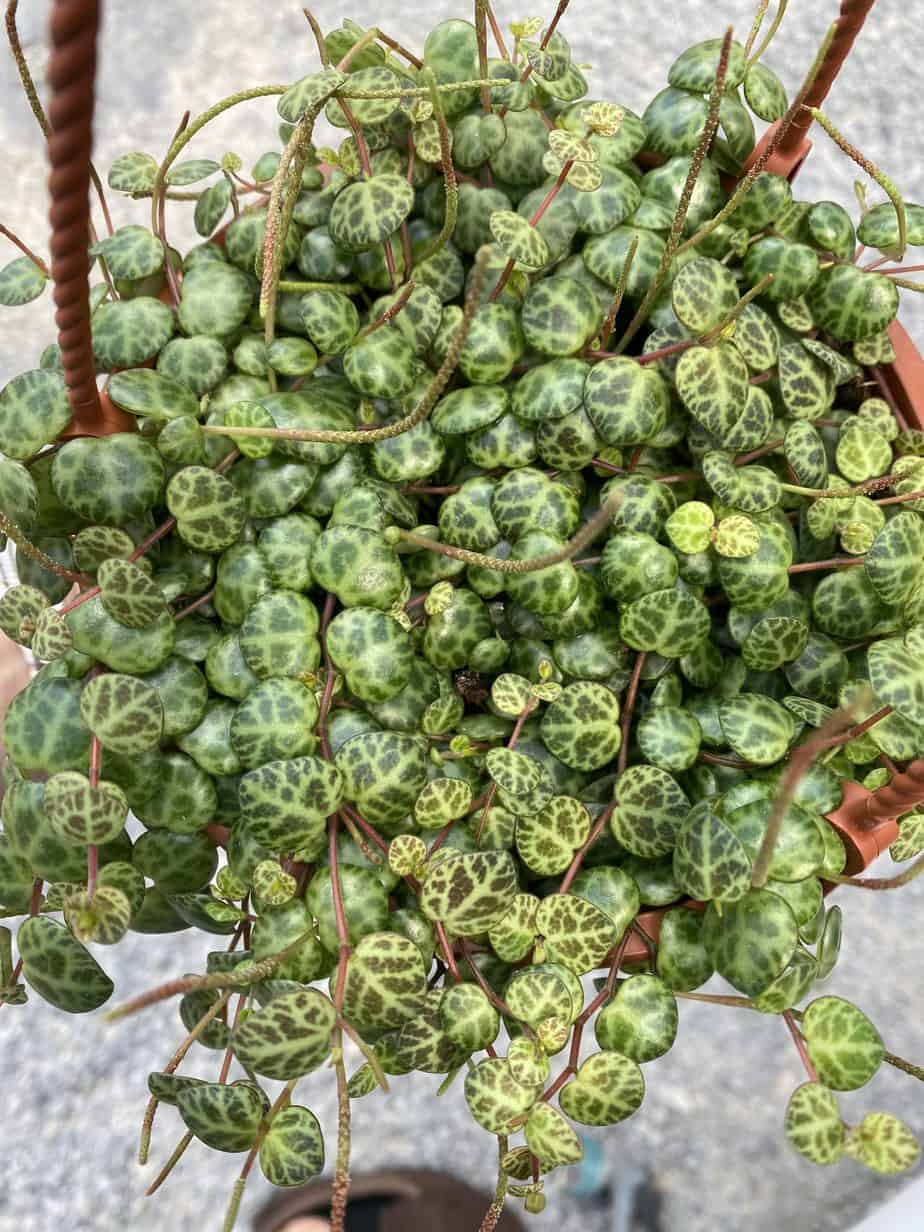
String of Turtles Plant for Sale Plants For Delivery Plantly
Cover the glass with plastic wrap. Cut sections of the vines off a healthy plant 3-4 inches long and remove the lower leaves. Make a hole in the plastic and pop in so the bottom of the stem is in the water. Make more holes and pop more plants in, but make sure there is enough airflow between the cuttings.

Streptocarpus Pretty Turtle Special Plants nelumbogarden
Plant the cuttings about 3 inches deeper and firmly press the soil. Let the planted cuttings stay in indirect sun. Moreover, keep the soil moist and spray water right after the upper soil gets about 80% dry. After about 30 to 50 days, you will finally see baby leaves popping out from the cuttings.
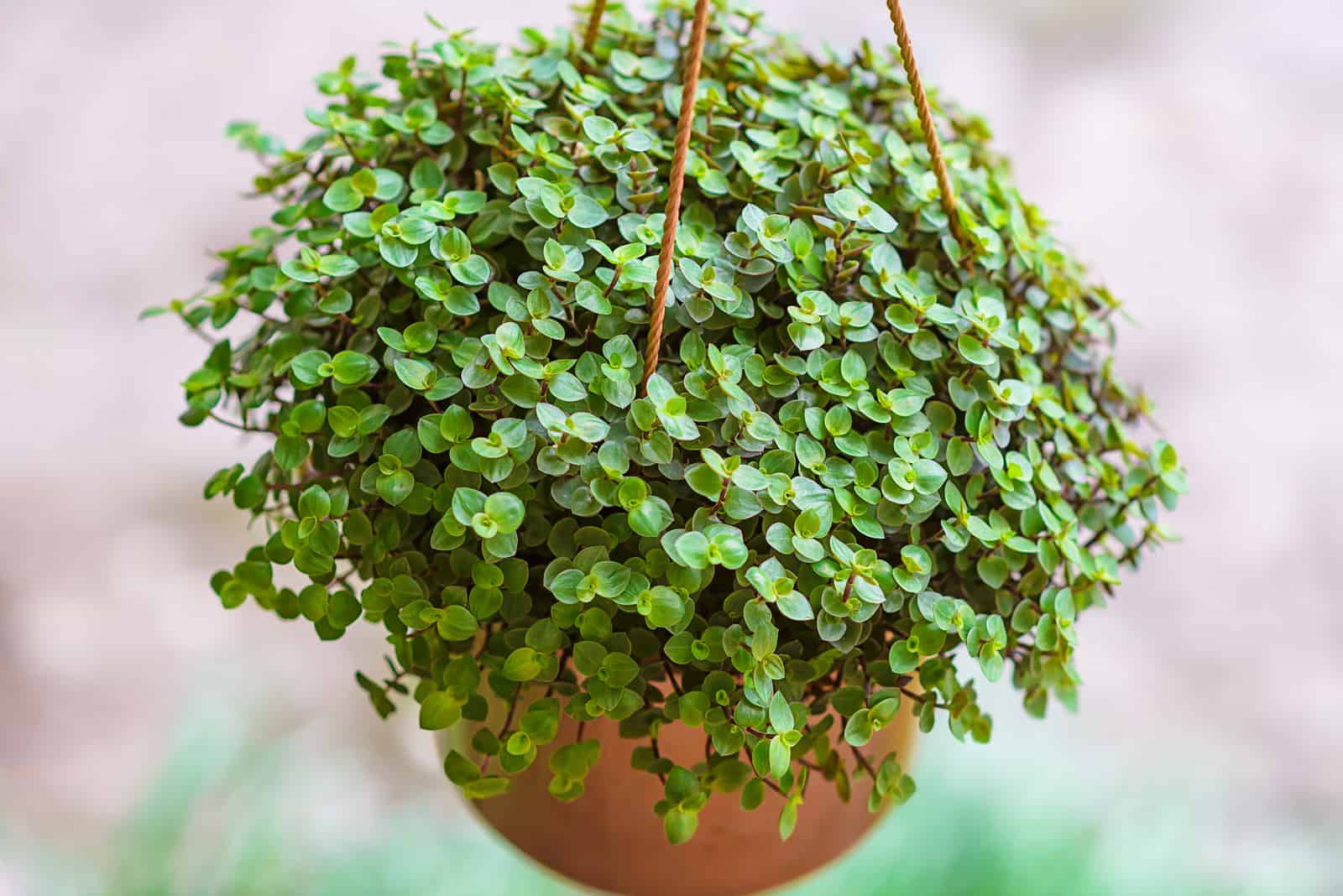
Turtle Vine aka Callisia Repens How To Grow And Care For It
String of Turtles can be propagated either in soil, sphagnum moss, or water. Follow these steps to propagate Peperomia prostrata: Using clean and sharp sheers, cut a 3 - 4 inch piece from a healthy vine, noting which is the cut end. Carefully remove the lowest leaf or two from the end you cut.

Palm Tree Turtle Leaves Monstera Variegated 50 Seeds Rare Tree Mixed color
String of Turtles is a great indoor plant, especially for beginners to the hobby. String of Turtles can handle direct or indirect lighting. Increasing the lighting will help the plant grow lush. Since they are a type of succulent, they store water in their leaves, so they can wait a little while in between waterings without issue.

12pcs Large Artificial Leaves Monstera Branch Palm Fern Green Fake
The String of Turtles (Peperomia Prostrata) is a beautiful vining plant with succulent leaves. Its round, dark green foliage marked with white veins creates a pattern reminiscent of a turtle shell-- the reason for its charming name. This technically semi-succulent houseplant makes a great addition to any windowsill or terrarium because of its small footprint

Turtle Vine (Callisia repens)
Peperomia prostrata string of turtles can be easily propagated from leaf and stem cuttings. Here's how to propagate string of turtles: Using scissors, cut about 2″ to 3″ inches of a stem below a node with leaves attached to the petiole. Plant the cuttings into small pots filled with a moist and well-draining soil mix.
FileRubber tree leaves.JPG Wikimedia Commons
If you can, add a little bit of liquid fertilizer to its water occasionally. 3. Climate and temperatures. The string of turtles loves to be in a humid climate and doesn't like dry air or the cold ideally; this plant does best in 65 to 75F. If the temperature dips under 50 degrees, the plant will start to wilt. 4.
String of turtles yellowing Bigger leaves are fading and yellowing but
Peperomia prostrata is an epiphytic perennial plant, admired for its unique foliage. The thin dangling stems are covered with numerous small round succulent leaves. These leaves are dark-green with white veins giving the look of tiny turtles to them. The branches can get about 2 feet in length making it a perfect choice for an indoor plantation.

String of Turtles Plant for Sale Plants For Delivery Plantly
The string of turtles (Peperomia prostrata) is an indoor plant with round turtle-like leaves. The plant is also known as turtle vine, jade necklace, or chain of turtles. Peperomia prostrata is a semi-succulent with long, cascading stems. Its trailing nature makes the plant suitable for terrariums, hanging baskets, and planters.